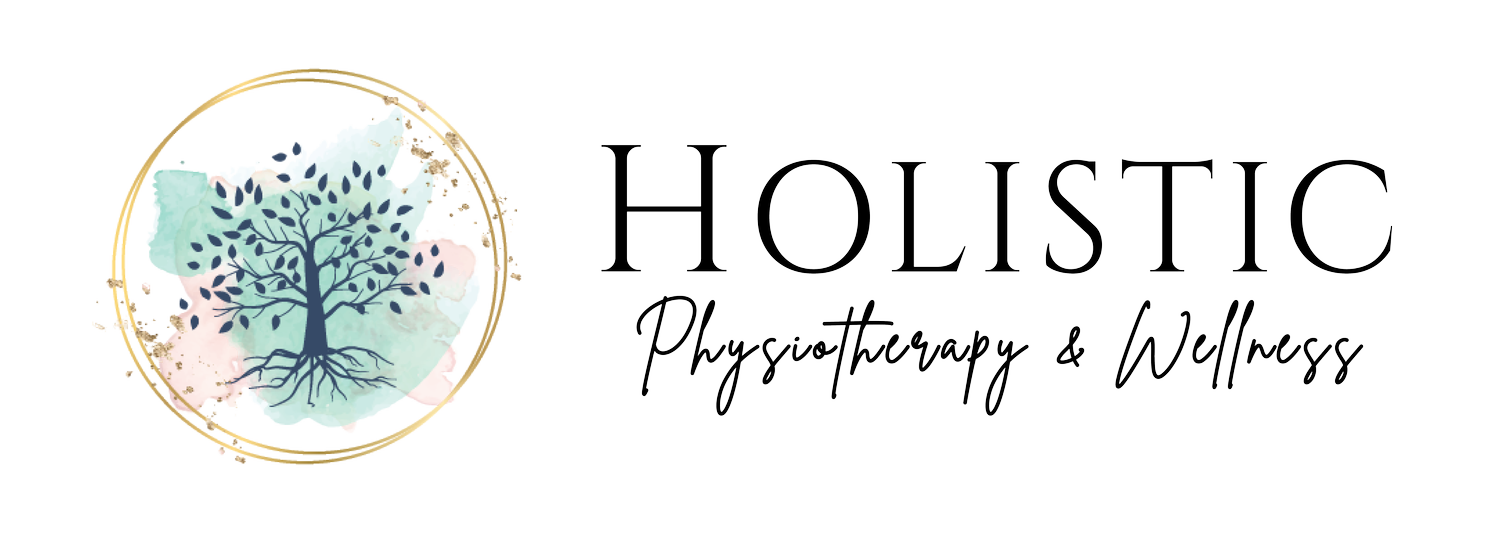Hormone Imbalance: Relating to Estrogen and Progesterone
Written by Dr. Stephanie Liebrecht | Jul 4, 2019
Estrogen and progesterone fluctuate throughout the cycle - estrogen being higher in the first part of the cycle (before ovulation = Follicular Phase), and progesterone being higher in the second part of the cycle (after ovulation = Luteal Phase). Even with fluctuating levels, overall, these two hormones balance each other out. This means that the activity of our estrogen is matched to the activity of progesterone, and that each hormone reaches its optimal level when produced. When this does not occur, we call it a hormone imbalance.
Hormone Imbalance Patterns
Estrogen Dominance
Estrogen dominance is when there is more estrogen compared to progesterone. This can occur in 2 ways:
1. Elevated Estrogen: the body makes too much estrogen, or is exposed to too many environmental estrogen's found in plastics, cosmetics, creams, etc. The increased levels of estrogen are not balanced out by the normal levels of progesterone.
2. Decreased Progesterone: this form of estrogen dominance happens when estrogen levels are normally, but progesterone is decreased. Low progesterone can result from under-production, an-ovulation, or stealing of progesterone to make our stress hormone cortisol.
Signs and symptoms of estrogen dominance include uterine cramping, breast tenderness, mood changes, bloating, weight gain around the hips and thighs, fatigue, fibroids, endometriosis, heavy periods, absent periods, shortened cycles (less than 23 days), or spotting occurring mid-cycle or a few days prior to your period.
Low Hormones
This type of imbalance happens when both estrogen and progesterone are low. This naturally occurs in menopause*, but this hormone pattern can present before that time. Symptoms of low estrogen and progesterone can include hot flashes, night sweats, vaginal dryness, vaginal tissue thinning, low libido, irregular or absent periods, breast tenderness, and mood changes.
*It is important to note that Perimenopuase and Menopause are a natural progression of declining hormonal levels. In Perimenopause, ovulation does not occur every month, and therefore menstruation becomes irregular. Less frequent ovulation creates a gradual lowering in progesterone, since normally progesterone is made after ovulation. Estrogen levels begin to decline as well due to less estrogen production by the ovaries. After 1 year of no ovulation and therefore no menstruation, the term Menopause is used. The adrenal glands secrete some levels of estrogen and progesterone, but the overall decline in these hormones is what leads to the symptoms experienced in Menopause - hot flashes, night sweats, vaginal dryness, mood changes, etc.
Hormone Testing
Hormone testing can be used to determine the levels of estrogen and progesterone at certain times of the cycle. This can be done through blood draw, urine or saliva samples. One of the most comprehensive and detailed hormone tests available is called the DUTCH Hormone Panel - a 24 hour urine sample testing for over 10 different hormones and their various forms (called metabolites).
When interpreting results, naturopathic doctors assess for optimal ranges, which can sometimes be a more specific value compared to the standard lab reference range. It is also important while interpreting to understand how estrogen and progesterone fluctuate throughout the cycle. There are certain days of a female cycle that are best to test estrogen and progesterone. Practitioners are often trained to have patients test hormones on Day 3 of their cycle (Day 1 being the first day of menstrual flow), however I personally find for most women testing on Day 21 provides more information. Day 21 testing is based on a 28-Day cycle and may change depending on whether your cycle is shorter or longer than 28 days. Speak with a naturopathic doctor about your cycle and/or symptoms, and options available for hormone testing!
*Note that imbalances can occur in other hormones and is not only limited to estrogen and progesterone.
Dr. Stephanie Liebrecht
Naturopathic Doctor


